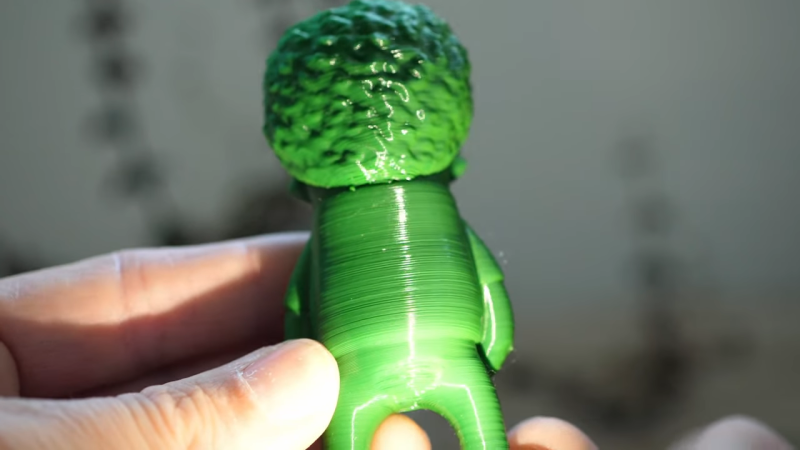This video is about how to 3D print fabric in a conventional desktop 3D printer. We review the basics of 3D printed fabrics and the different ways of making them, including a step by step tutorial to print your first fabric swatch.

This video is about how to 3D print fabric in a conventional desktop 3D printer. We review the basics of 3D printed fabrics and the different ways of making them, including a step by step tutorial to print your first fabric swatch.

I’ve been on Thingiverse for about ten years, and it has served me well. More recently however, there have been a series of problems and other, more developed options have become available. In this video, I explain why I’ve switched my online designs to Printables by Prusa and take you through its advantages and how to use it. This includes easily migrating all of your Things from Thingiverse.
https://www.printables.com/
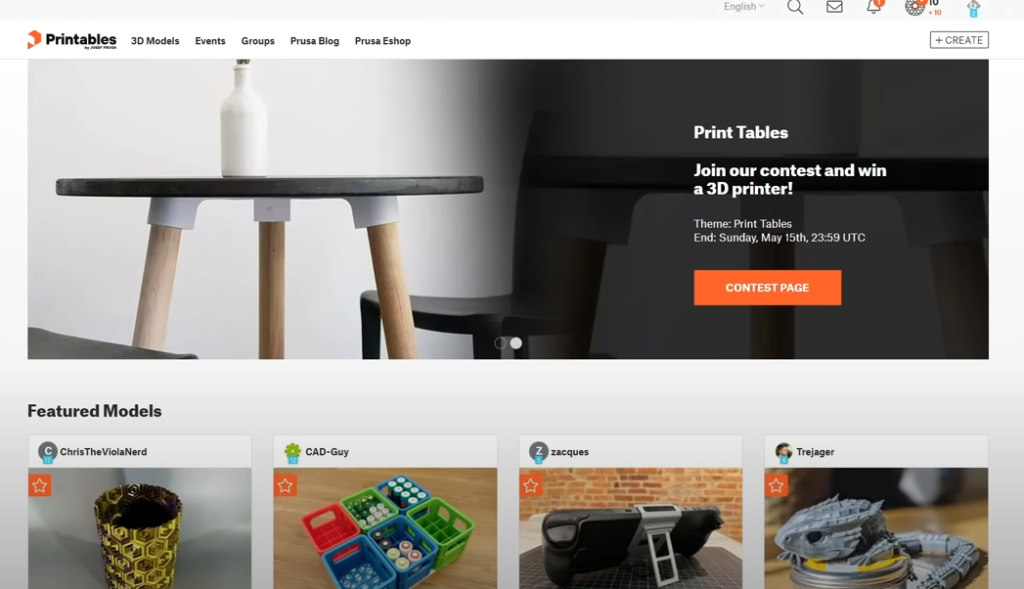
If you’ve just got your first 3D printer, this video is for you. If someone you know is confused by why the STL on the card won’t print, or has no idea how to level the bed, please send them here. This guide takes you through step by step everything you need to get going and start printing. Please explore the rest of my channel for a lot of content on how to get the best out of your 3D printer.
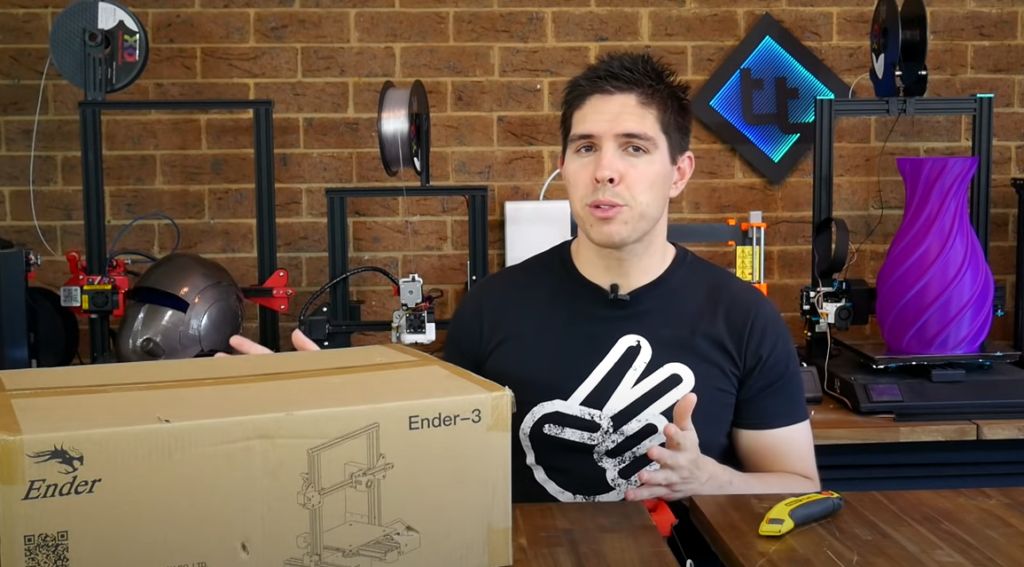
Getting that first layer just right is the name of the game if you want perfect 3D prints. Alec is here to help you solve common adhesion problems – your print starts fine, but in the middle of the print, it starts to warp and lift off the bed. Check it out!

Designed for use with a customizable launch vehicle, these 3D-printed rocket engines can be turned around in a few days.
Chennai-based Agnikul is looking to make it possible to offer rapid-turnaround on-demand space launches — by 3D printing custom rocket engines and other components in less than three days.
“We are building a launch vehicle that carries a payload capacity of 30 to 300 kilograms [around 66-660lbs], depending on the needs of the customers,” Agnikul’s chief operating officer Moin SPM tells IEEE Spectrum in an interview. “We are trying to provide a rapid, on-demand launch service by 3D-printing the entire rocket engine in one shot.”
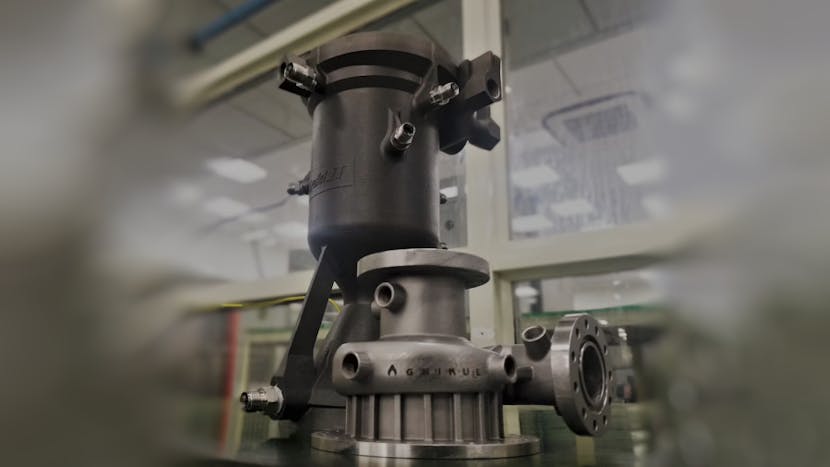
Sometimes advances happen when someone realizes that a common sense approach isn’t the optimal one. Take radio. Success in radio requires bigger antennas and more power, right? But cell phones exist because someone realized you could cram more people on a frequency if you use less power and smaller antennas to limit the range of each base station. With FDM 3D printing, smaller nozzles were all the rage for a while because they offer the possibility of finer detail. However, these days if you want fine detail you should be using resin-based printers and larger nozzles offer faster print times and stronger parts. The Volcano hotend started this trend but there are other options now. [Stefan] over at CNC Kitchen decided to make his own high flow nozzle and he claims it is better than other options.
Don’t get too carried away with the DIY part. As you can see in the video below, he starts with a standard nozzle, so it is really a nozzle conversion or hack. The problem with high flow isn’t the hole in the nozzle. It is melting the plastic fast enough. The faster the plastic moves through the nozzle, the less time there is for it to melt.
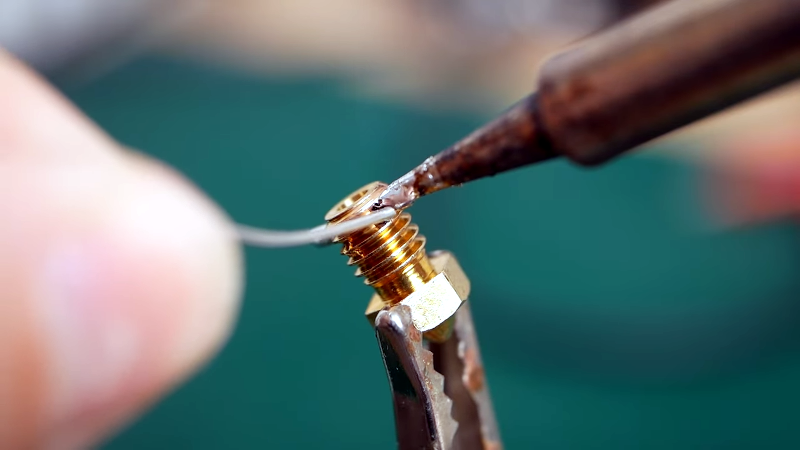
Sometimes it’s good to be a little bad.
Cornell researchers found a counterintuitive way of improving 3D-printed metal alloys. By deliberately introducing more defects into the printing process, followed by a post-processing treatment that uses high temperature and high pressure to change the material’s microstructure, they turned the defects into assets, resulting in a stronger, more ductile metal product.
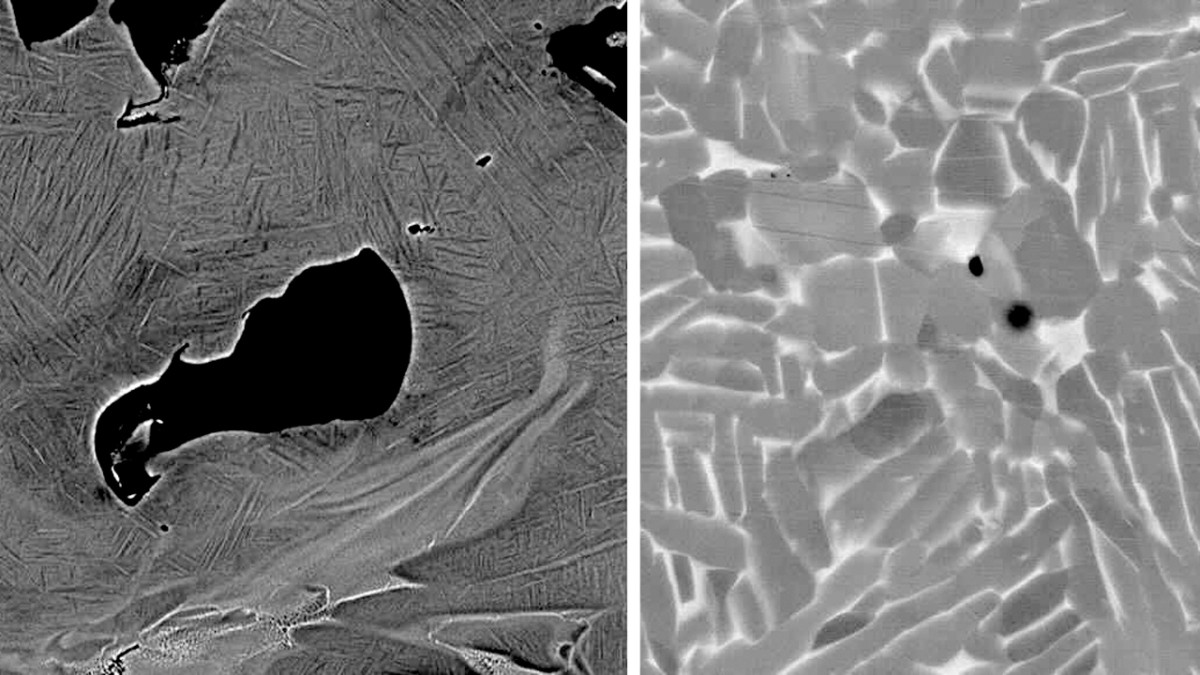
Earlier this year multiple startup companies announced they were aiming to bring edible chicken created from stem cells to market by 2022. For an eyebrow-raising price. Now, researchers in Japan say they’ve 3D printed a version of Wagyu beef: i.e. meat from the eponymous Japanese cattle, which is famous for its marbling and how much it costs. Which we can only assume will be far less if/when it starts coming from 3D bioprinters.

A simple open source utility that generates STL files based on given dimensions.
If you’ve ever built a project with a maker board you know the challenge of figuring out just how to keep it in place. I know I have! To solve the problem we’ve made lightweight command line tool that can generate an STL file for a board holder with any dimensions! The tool is open source and free to use, if there are any new feature you want to see you can leave a comment here, open an issue on GitHub, or fork the repo and open a PR!
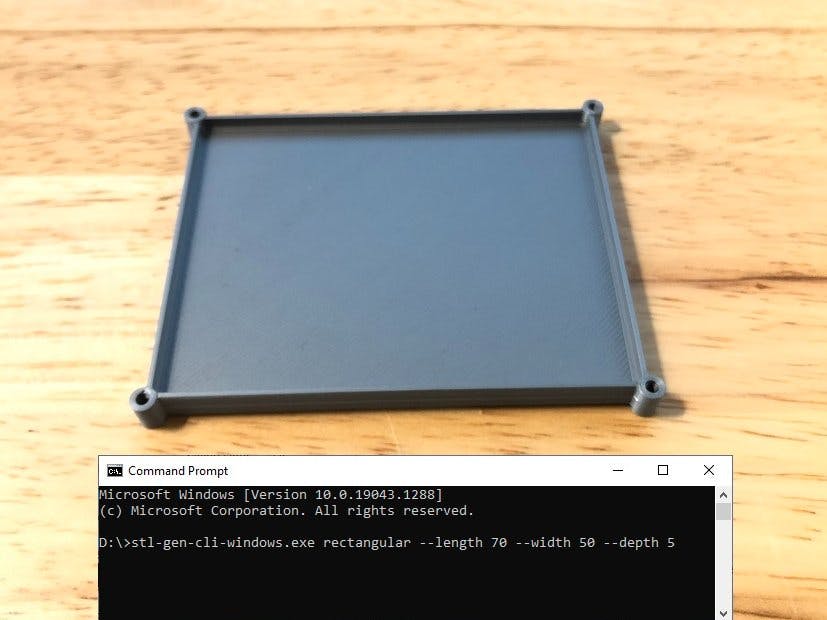
If there’s one thing you can say about [Stefan] from CNC Kitchen, it’s that he’s methodical when he’s working on an improvement to his 3D printing processes, or when he’s chasing down a problem with a printer. Case in point: this root-cause analysis of extrusion inconsistencies with an entry-level 3D printer.
